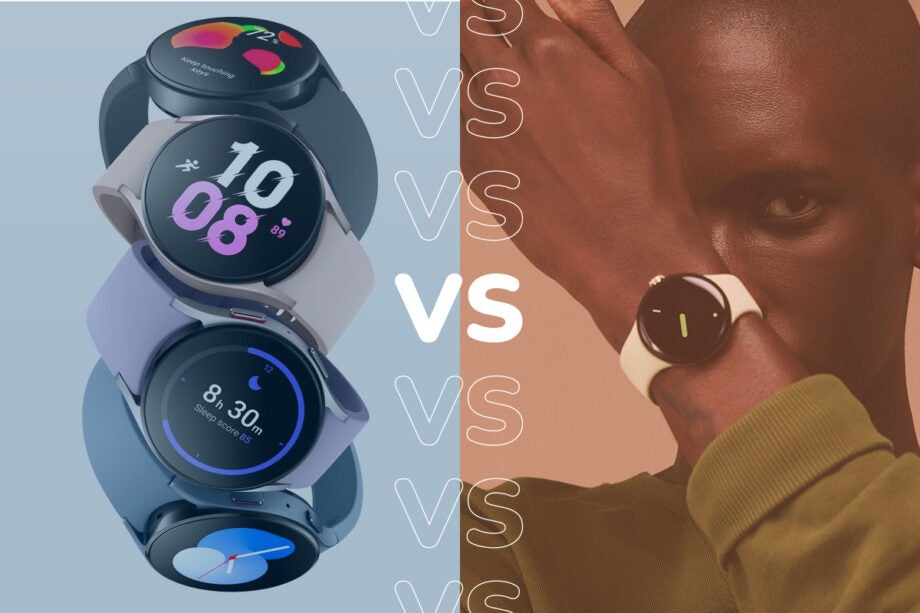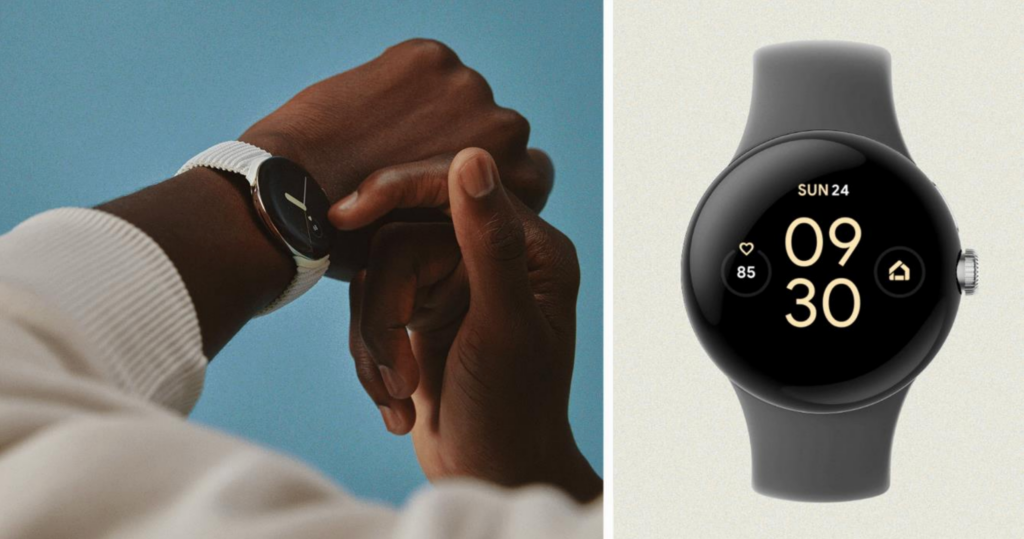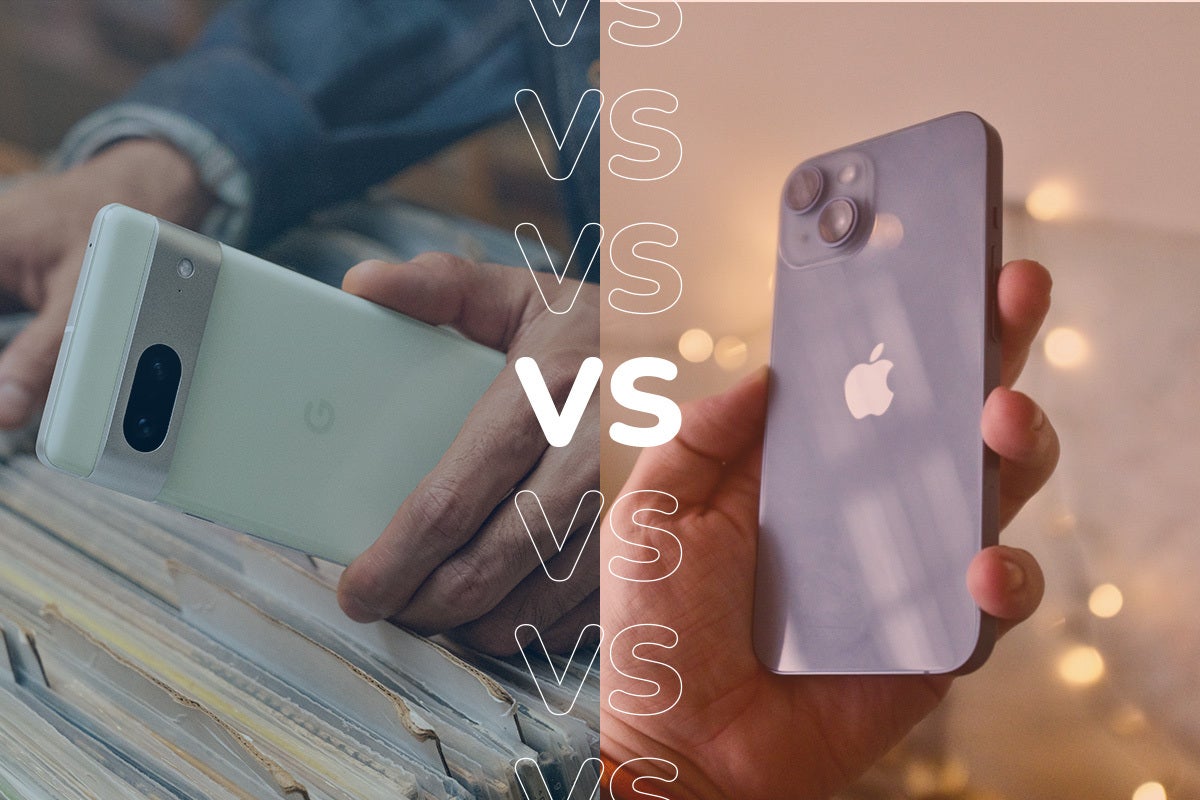Google Pixel Watch vs Samsung Galaxy Watch 5: Which watch is better?

The Google Pixel watch is the first wearable ever from the company, being introduced alongside the Pixel 7 and Pixel 7 Pro. But how will the new Google smartwatch fare against its rivals?
The Pixel Watch has finally been officially announced by Google, making it the company’s first step into the wearable market.
But with the release of a brand new wearable, we have to ask how it measures up against other smartwatches on the market. The Samsung Galaxy Watch 5 launched earlier this year and was a welcome update to the series, but can it stack up against Google?
We’ve counted up a few of the key differences between these wearables, so you can decide which is the best for you.
The Galaxy Watch 5 has a better battery life
From our time with the Galaxy Watch 5, we found that it can last nearly 48 hours on a single charge, boasting a 410mAh battery. Our reviewer took the Watch out for a run, a GPS-enabled walk and a night of sleep tracking, meaning that this wearable can survive for longer than a day with ease.
Since we haven’t been able to test the Pixel Watch yet, we can’t make any definitive claims about its battery life. However, Google has claimed that its wearable will last up to 24 hours during normal use, using a 294mAh lithium-ion battery.
This means that anyone who wants a long battery life on their wearable should look towards the Galaxy Watch 5, although it looks like both smartwatches take around the same time to charge to 50%, at around 30 minutes for each.

The Pixel Watch is more expensive
The Pixel Watch comes in two variations, one with Wi-Fi and one will cellular support. The Wi-Fi model starts at £339/$349.99, while the cellular model costs £379/$399.99.
Samsung also offers LTE within the Galaxy Watch 5, although it is a little cheaper. The vanilla Wi-Fi model costs £289, while the LTE variation starts at £339. This means that if you’re looking to save money, you may want to consider the Samsung solution rather than Google’s latest offering.
The Pixel Watch is integrated with Fitbit
One of the biggest features of the Pixel Watch is its integration with Fitbit, providing users with the most accurate heart readings – according to the company – Sleep Scores every morning and exercise stats. Fitbit’s all-day activity tracking also captures your fitness statistics and tells you how you can progress to your personal fitness goals.
The Galaxy Watch 5 does not have the same level of integration as Fitbit, although it does come with Samsung Health, which can track your walks. Our review does note that the workouts available on the Galaxy Watch 5 are a little odd, with workouts like weightlifting being split into a bunch of different exercises.

The Pixel Watch has less variation
The Pixel Watch comes in one size, at 41mm. This is unlike the Galaxy Watch 5, which comes in two sizes: 44mm and 40mm.
There are also different colour options available for each wearable, with the Google solution having less in terms of options. The Pixel Watch can be brought in Matte Black stainless steel, Polished Silver stainless steel and Champagne Gold stainless steel, with a variety of styles and colours when it comes to the straps.
Meanwhile, the smaller and larger Galaxy Watch 5 come in different colours; the small comes in Graphite, Pink, Gold and Silver, while the large size can be found in Graphite, Sapphire or Silver.




